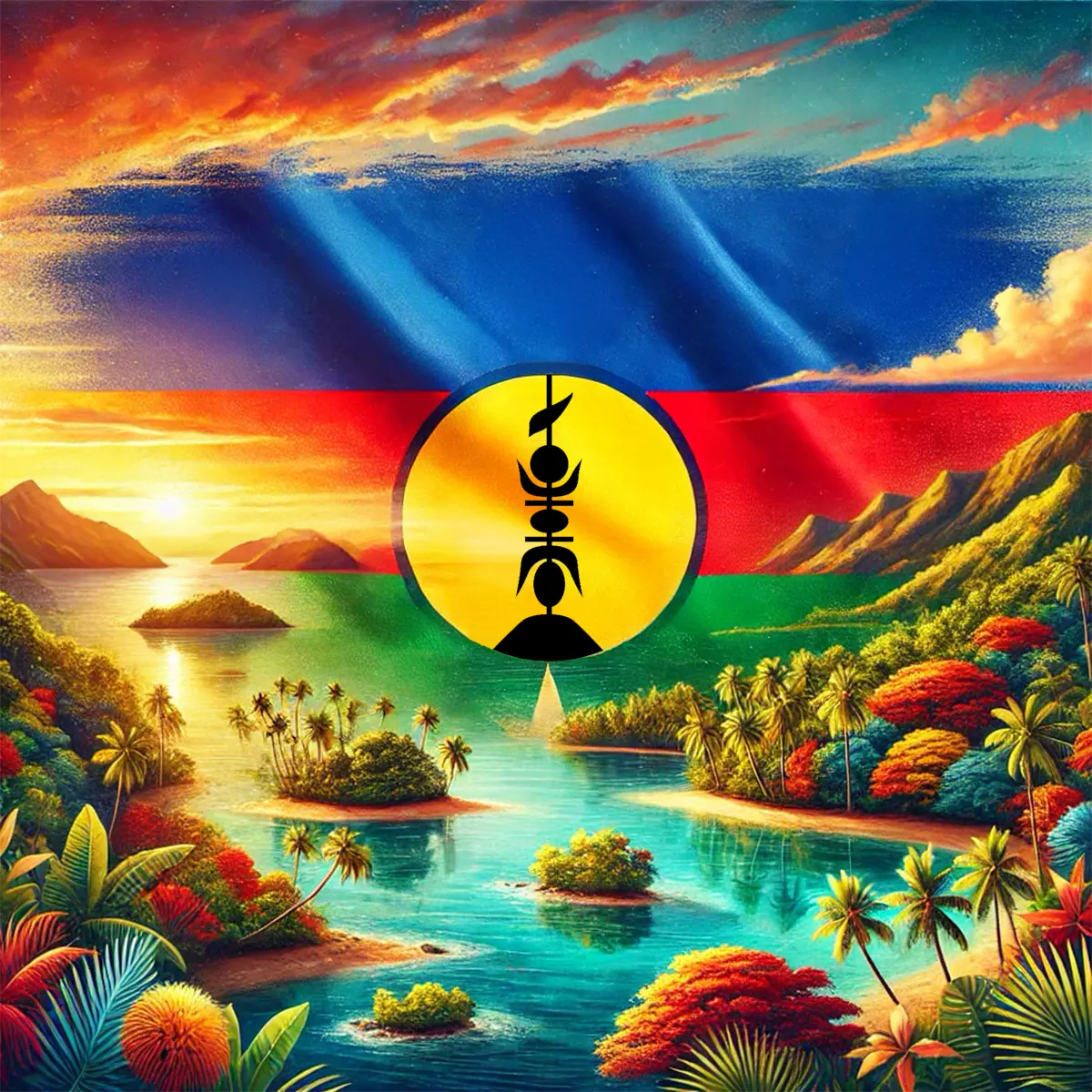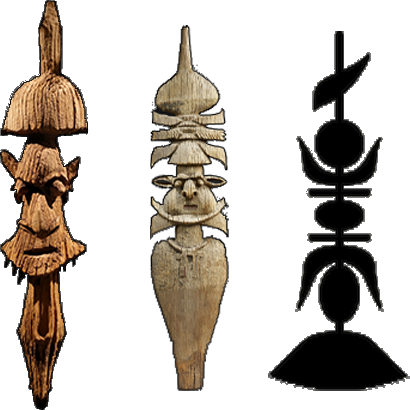In 1774, the British explorer James Cook, known for his travels in the Pacific Ocean, arrived on the islands and gave them the name “New Caledonia” because of the similarity of the landscapes to his native Scotland (Caledonia is the Latin name for ancient Scotland).
However, in the middle of the nineteenth century, namely in 1853, French troops officially annexed New Caledonia, turning it into a penal colony for the detention of criminals and political prisoners. This annexation was accompanied by the massive displacement of the indigenous population and the seizure of their fertile lands by the colonists. Already in the early twentieth century, social tensions arose between the indigenous population and European settlers, which eventually escalated into a struggle for independence.
The indigenous people of New Caledonia, the Kanaks, repeatedly rose up against the French occupation. One of the largest uprisings took place in 1878, during an attempt to unite the tribes against French troops, which was brutally suppressed, thousands of Kanaks died, but the struggle for sovereignty continued.
In 1984, in response to years of oppression and disenfranchisement, the Front for the National Liberation of the Kanaks and Socialists (FLNKS) became the leader of the independence movement. One of the symbols of this movement was the blue-red-green FLNKS flag, which was first raised during political demonstrations and protests.
In 2010, a decision was made to officially use two flags - the French tricolor and the Kanak FLNKS flag. However, this decision sparked heated debate. For supporters of independence, the Kanak flag became a symbol of hope and resistance to colonialism. For others, including European immigrants, the French tricolor remained a sign of stability and connection to France. This decision reflected a split in society that led to three independence referendums in 2018, 2020, and 2021:
- 2018: In the first referendum, 56.7% of voters decided to remain part of France. Turnout was high, with more than 81% of voters participating, and the results showed a significant split: indigenous communities overwhelmingly supported independence, while people of European descent favored remaining part of France;
- 2020: The second referendum showed a narrowing of the gap: 53.26% voted to remain with France. Turnout was even higher at 85.6%. Although the gap narrowed, it highlighted the ethnic and regional divisions in New Caledonia: the northern and island provinces favored independence, while the southern, more economically prosperous region opposed it;
- 2021: The third and final referendum, held under controversial conditions due to the COVID-19 pandemic, saw a significant drop in turnout (43.90%). The overwhelming majority (96.49%) voted against independence, but this was due to a boycott by the Kanak community, which criticized the timing of the vote in the context of the pandemic.
Despite all the referendums held and attempts to determine the future of the archipelago, the question of independence remains open to many Kanaks.




